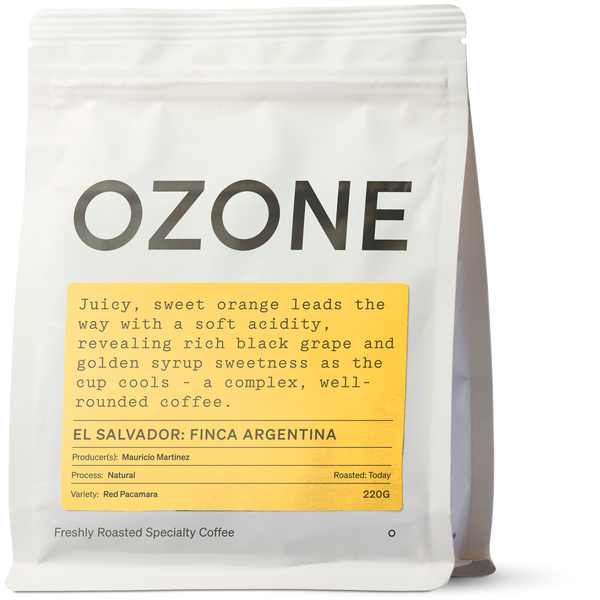Naturally Processed Coffee: Sun-Dried, Bold & Bursting with Flavour
What Is Naturally Processed Coffee?
Naturally processed coffee, also known as the dry process, is one of the oldest and most traditional methods of preparing coffee beans. After the ripe coffee cherries are picked, they’re laid out to dry in the sun with the fruit still intact. Over time, the outer layers shrivel like a raisin, infusing the beans inside with rich, fruity sugars.
Once fully dried, the fruit is removed at a dry mill, leaving behind green coffee beans that are ready for roasting.

How It’s Done: Step-by-Step
- Harvesting – Only the ripest cherries are selected.
- Sun-Drying – Cherries are spread out on raised beds or patios to dry naturally.
- Turning & Monitoring – They’re regularly turned to ensure even drying and prevent fermentation.
- Dry Milling – Once dried, the outer fruit is mechanically removed, revealing the green beans.
What Can It Taste Like?
Natural process coffees are known for their bold, fruity, and sometimes funky flavour profiles. Expect notes like:
- Dried fruits – think sultanas, dates, or apricot
- Berry-like acidity – such as blueberry or raspberry
- Boozy or fermented undertones
- Heavier body and a syrupy mouthfeel

Natural vs Washed vs Honey Process
| Process | Fruit Contact | Common Flavour Profiles | Body |
|---|---|---|---|
| Natural | Full | Fruity, funky, bold | Heavy |
| Washed | None | Clean, bright, crisp | Light |
| Honey | Partial | Sweet, balanced, smooth | Medium |
The Evolution of Natural Processing: Fermentation Meets Innovation
In recent years, natural coffee processing has undergone a renaissance. Producers are no longer just sun-drying whole cherries - they’re experimenting with fermentation techniques to push flavour boundaries and create truly unique profiles.
Controlled Fermentation: From Wild to Precise
Traditionally, fermentation in natural processing was spontaneous, driven by ambient yeasts and bacteria. Today, many producers are taking a more scientific approach:
- Anoxic (Anaerobic) Fermentation – Coffee cherries are sealed in oxygen-free tanks, allowing specific microbes to thrive. This slows the fermentation process and enhances clarity and complexity in the cup.
- Aerobic Fermentation – Cherries are exposed to oxygen in a controlled environment, encouraging different microbial activity and often resulting in brighter, fruitier notes.
These methods are often paired with temperature, pH, and Brix monitoring to fine-tune the process and avoid over-fermentation.

Yeasts, Adjuncts & Experimental Additions
Inspired by other industries like craft beer and natural wine, some producers are now inoculating coffee with specific yeast strains, like Saccharomyces cerevisiae, to guide fermentation and amplify desired flavours. The result? Coffees with:
- Wine-like acidity
- Tropical fruit esters
- Enhanced sweetness and florality
Others are going even further, adding adjuncts like fruit pulp, spices, or botanicals during fermentation - similar to how pastry stouts are brewed. These experimental lots can yield coffees with notes of mango, cinnamon, or even bubblegum.
Explore Our Naturally Processed Coffees
From Brazil to Burundi, we source naturally processed lots that showcase the best of this method. Browse our current selection →






